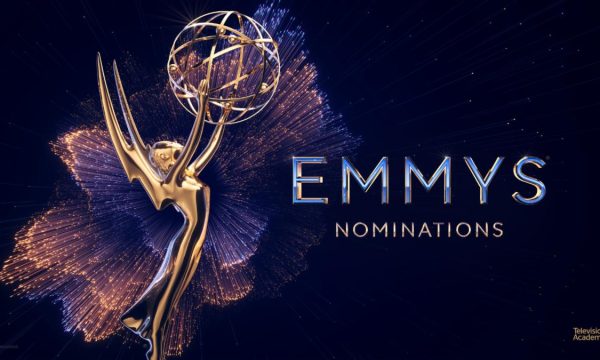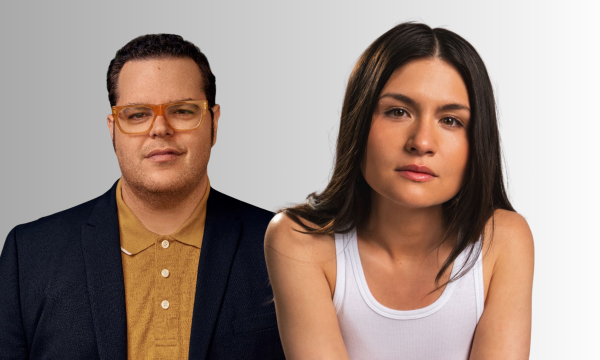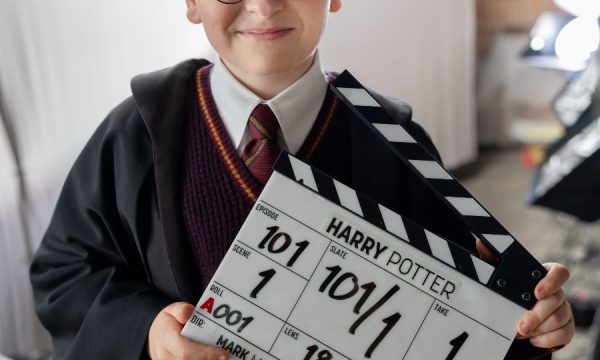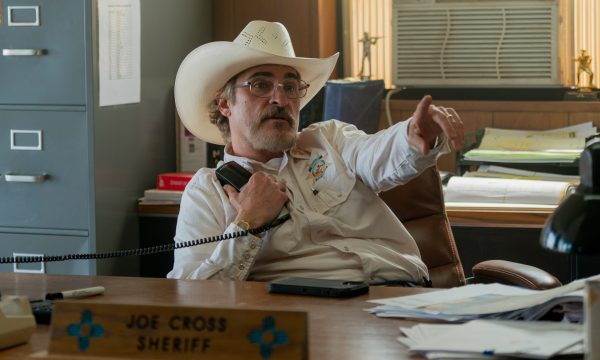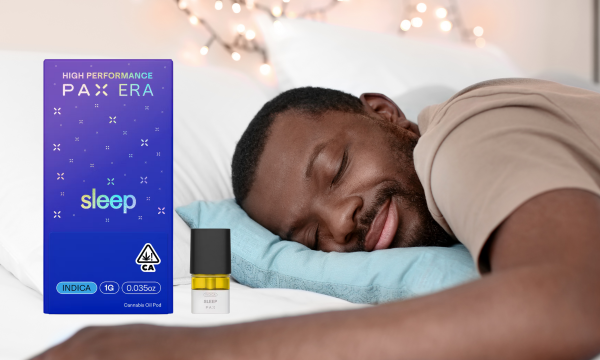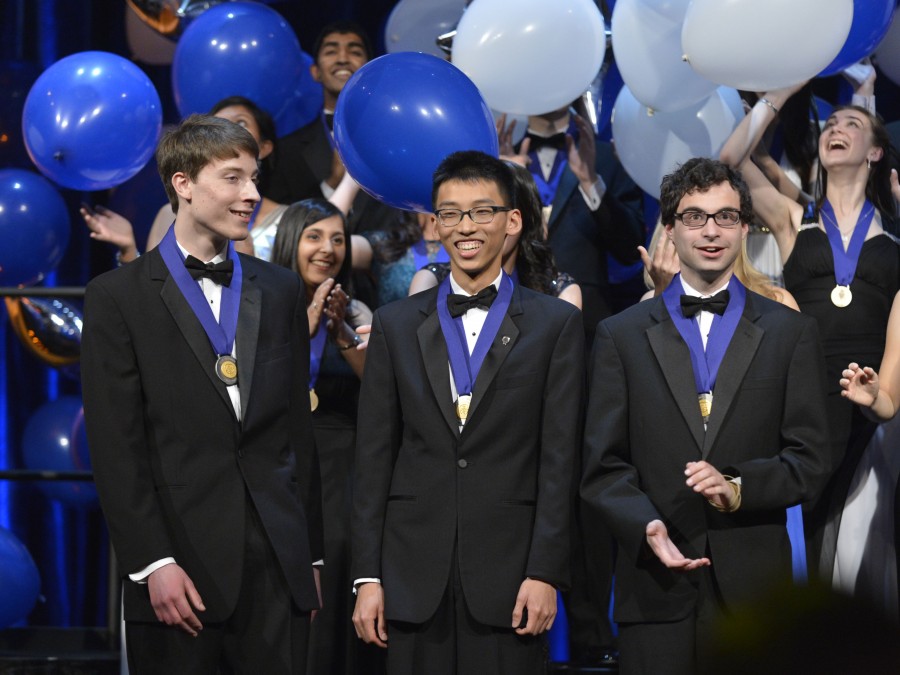
Intel Science Talent Search first place winners (left to right) Noah Golowich (Mass.), Andrew Jin (Calif.) and Michael Winer (Md.) each took home $150,000.
Photo credit: Chris Ayers/Intel
America’s most promising young scientists were celebrated this week in the nation’s capital as they received more than $1 million in awards from Intel Corporation. These scientists are the winners of the Intel Science Talent Search, the nation’s most prestigious pre-college science and math competition and a program of Society for Science & the Public (SSP).
“A solid foundation in science, technology, engineering and math creates the critical talent corporations and startups need to drive their business and contribute to economic development,” said Renee James, president of Intel Corporation. “We hope this program will encourage other young people to become the next generation of scientists, inventors and engineers.”
Starting this year, the Intel Science Talent Search tripled the top awards to further recognize finalists and highlight the variety of research conducted. In place of the previous grand prize of $100,000, three first-place Medal of Distinction awards of $150,000 were presented to students who showed exceptional scientific potential in three categories: Basic Research, Global Good, and Innovation.
Noah Golowich, 17, of Lexington, Massachusetts, won the First Place Medal of Distinction for Basic Research, which recognizes finalists who demonstrate exceptional scientific potential through depth of research and analysis. Noah developed a proof in the area of Ramsey theory, a field of mathematics based on finding types of structure in large and complicated systems. He is the captain of his high school math team, plays for his high school tennis team and plays jazz piano in his spare time.
Andrew Jin, 17, of San Jose, California, won the First Place Medal of Distinction for Global Good, which rewards finalists who demonstrate great scientific potential through their passion to make a difference. Andrew developed a machine learning algorithm to identify adaptive mutations across the human genome. By analyzing massive public genomic datasets, his system discovered more than 100 adaptive mutations related to immune response, metabolism, brain development and schizophrenia in real DNA sequences. Understanding the genetic causes of these diseases is an important first step toward developing gene therapies or vaccines. Andrew is an accomplished pianist who has performed at Carnegie Hall.
Michael Hofmann Winer, 18, of North Bethesda, Maryland, won the First Place Medal of Distinction for Innovation, which celebrates finalists who demonstrate the problem-solving aptitude of an engineer through innovative design and creativity. Michael studied how fundamental quasi-particles of sound, called phonons, interact with electrons. His work could potentially be applied to more complex atomic structures such as superconductors. Michael was a silver medalist at the 2014 International Physics Olympiad, where he was the top-scoring U.S. student on the theoretical exam.
In addition to the top awards, three second-place winners received awards of $75,000 and three third-place winners received awards of $35,000.
Second Place:
Brice Huang, 17, of Princeton Junction, New Jersey, won the Second Place Medal of Distinction for Basic Research. Brice extended previous mathematical research on power ideals – linear functions of variables raised to some power – and was able to calculate the power ideal’s series of dimension for a larger class of ideals than has previously been possible.
Kalia D. Firester, 17, of New York City, won the Second Place Medal of Distinction for Global Good. Kalia studied how a protein produced by nematodes, which are crop-destroying parasites, interacts with a plant’s cells and defenses. Her research may contribute to engineering natural immunity to repel a pest that costs global agriculture $100 billion annually.
Saranesh (Saran) Thanika Prembabu, 17, of San Ramon, California, won the Second Place Medal of Distinction for Innovation. Saran studied how varying the layers of lead titanate and strontium ruthenate in nanocrystal superlattices can affect their electrical and magnetic properties, which could be harnessed for a variety of electrical and computing applications.
Third Place:
Shashwat Kishore, 18, of West Chester, Pennsylvania, won the Third Place Medal of Distinction for Basic Research. Shashwat’s math project focused on representing abstract algebras using matrices. His work developed a new relationship between these matrices and topology.
Anvita Gupta, 17, of Scottsdale, Arizona, won the Third Place Medal of Distinction for Global Good. Anvita used machine learning to “teach” a computer to identify potential drugs for cancer, tuberculosis and Ebola. Preclinical trials are already underway in China on the tuberculosis drugs that she identified.
Catherine Li, 18, of Orlando, Florida, won the Third Place Medal of Distinction for Innovation. Catherine developed a new fiber-based method of fabricating microscopic particles designed for drug delivery, with potential applications in personalized cancer therapy.
Each finalist received at least $7,500. In total, the Intel Foundation awarded $1.6 million for the Intel Science Talent Search 2015. Since assuming title sponsorship of the Science Talent Search in 1998, Intel has increased the competition’s annual awards by more than $1 million.
This year’s finalists hail from 36 schools in 18 states. Of the 1,844 high school seniors who entered the Intel Science Talent Search 2015, 300 were announced as semifinalists in January. Of those, 40 were chosen as finalists and invited to Washington, D.C., to compete for the top nine awards. These finalists join the ranks of other notable Science Talent Search alumni, who over the past 74 years, have gone on to win eight Nobel Prizes, two Fields Medals, five National Medals of Science, 12 MacArthur Foundation Fellowships and even an Academy Award for Best Actress.
Society for Science & the Public, a nonprofit membership organization dedicated to public engagement in science and science education, has owned and administered the Science Talent Search since its inception in 1942.
“We are honored to congratulate Noah, Andrew, Michael and the rest of the top winners of the Intel Science Talent Search 2015,” said Maya Ajmera, president and CEO of Society for Science & the Public and alumna of the Science Talent Search. “These students serve as shining examples of the incredible work being accomplished in STEM fields by young people, and we are proud to recognize and reward these stellar young researchers.”
To learn more about Society for Science & the Public, visit www.societyforscience.org, and follow the organization on Facebook and Twitter.
Intel believes that education is the key to future innovation. Over the past decade, Intel and the Intel Foundation have invested more than $1 billion, and Intel employees have donated close to 4 million hours toward improving science, technology, engineering and mathematics education in more than 100 countries, regions and territories.
To get the latest Intel education news, visit www.intel.com/newsroom/education, and join the conversation on Facebook and Twitter.




